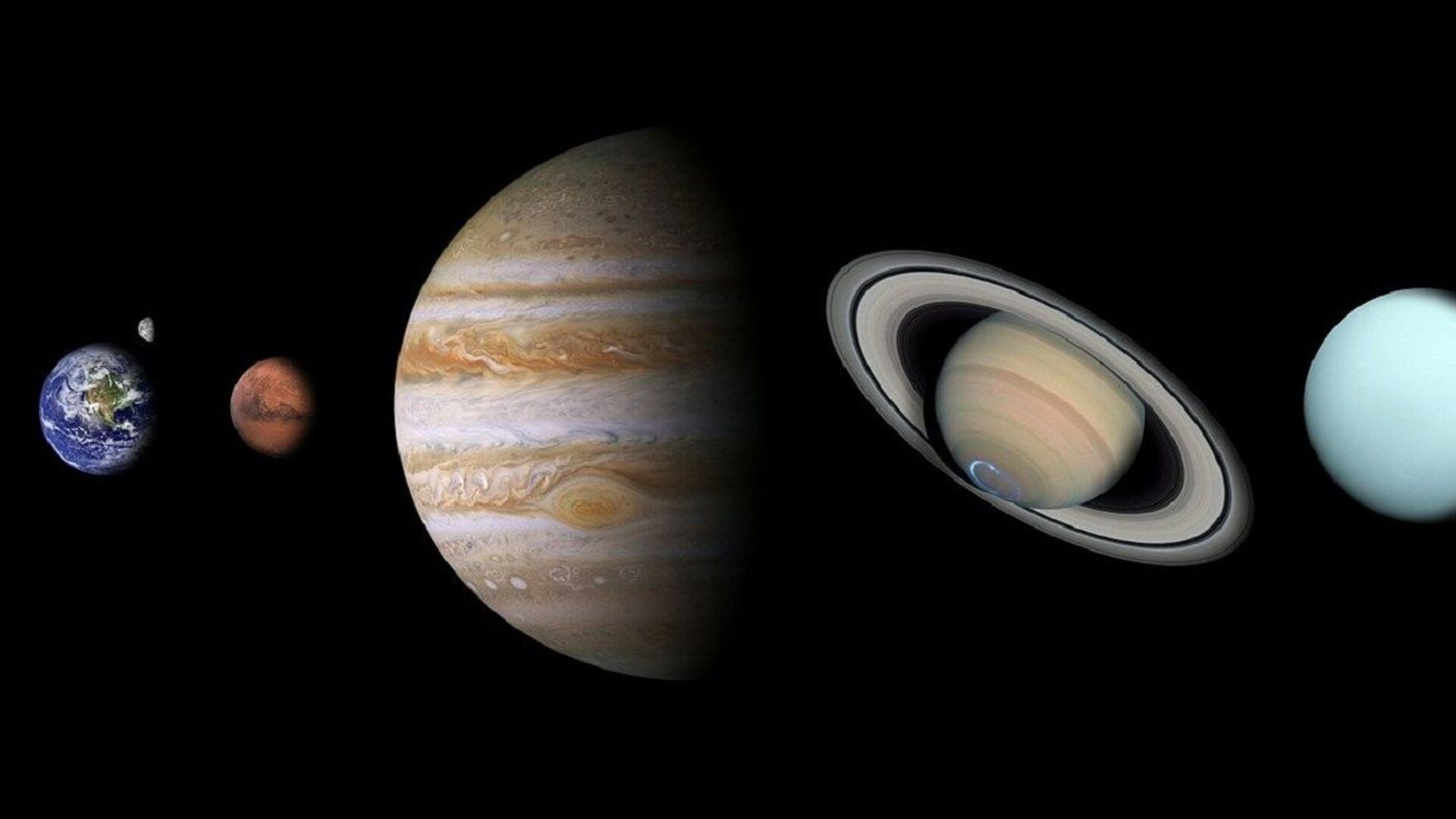‘Parade of Planets’: Most of Solar System Lines Up in Earth’s Night Sky
22:39 GMT 24.06.2022 (Updated: 13:32 GMT 06.08.2022)

CC0 / /
Subscribe
Much is made in superstitious circles about the “alignment of the planets,” but a very real planetary precession is unfolding in the night skies beginning on Friday, as nearly the entire solar system will be visible from Earth.
Thanks to the various positions of the planets in relation to the Sun at this time, they will all appear in the southeastern skies just before dawn, strung out in a long line. The event has been dubbed a “parade of planets” by the US space agency NASA.
A parade of planets is underway, and for the next two days, the crescent Moon will join the crowd.
— NASA (@NASA) June 23, 2022
Where are you watching from? Share your planetary alignment photos with us—bonus points if the weather is good: https://t.co/9iX86VJF7K pic.twitter.com/eNFK1SOdBU
“Look for this increasingly spaced out planetary precession in June, and note that the crescent moon jumps into the lineup on the morning of the 23rd,” NASA told skywatchers in its monthly newsletter.
In order from the horizon-up, viewers can see Mercury, Venus, Mars, Jupiter and Saturn, with the Moon making a special appearance for the next few days. Also in the skies are Uranus and Neptune, the two outermost planets, but they are so far away as to be too dim to see with the naked eye from Earth.
Mercury, Venus, Moon, Mars and Jupiter #TeamPixel #Astronomy pic.twitter.com/RIAtxAv9v2
— Guillermo Valdés (@guivaloz) June 23, 2022
“Over the next few months, Saturn, Mars, Jupiter, and Venus will appear increasingly spread out across the morning sky – so much so that Venus and Saturn will make their exits as morning objects for most observers by September,” NASA added.
While conjunctions of planets in Earth’s skies aren’t that rare, seeing them all together like this won’t happen again until 2040, according to Space.com. The alignment, of course, is only from the perspective of someone standing here on Earth, and would not be viewable to someone anywhere else in our solar system - a phenomenon called parallax.
